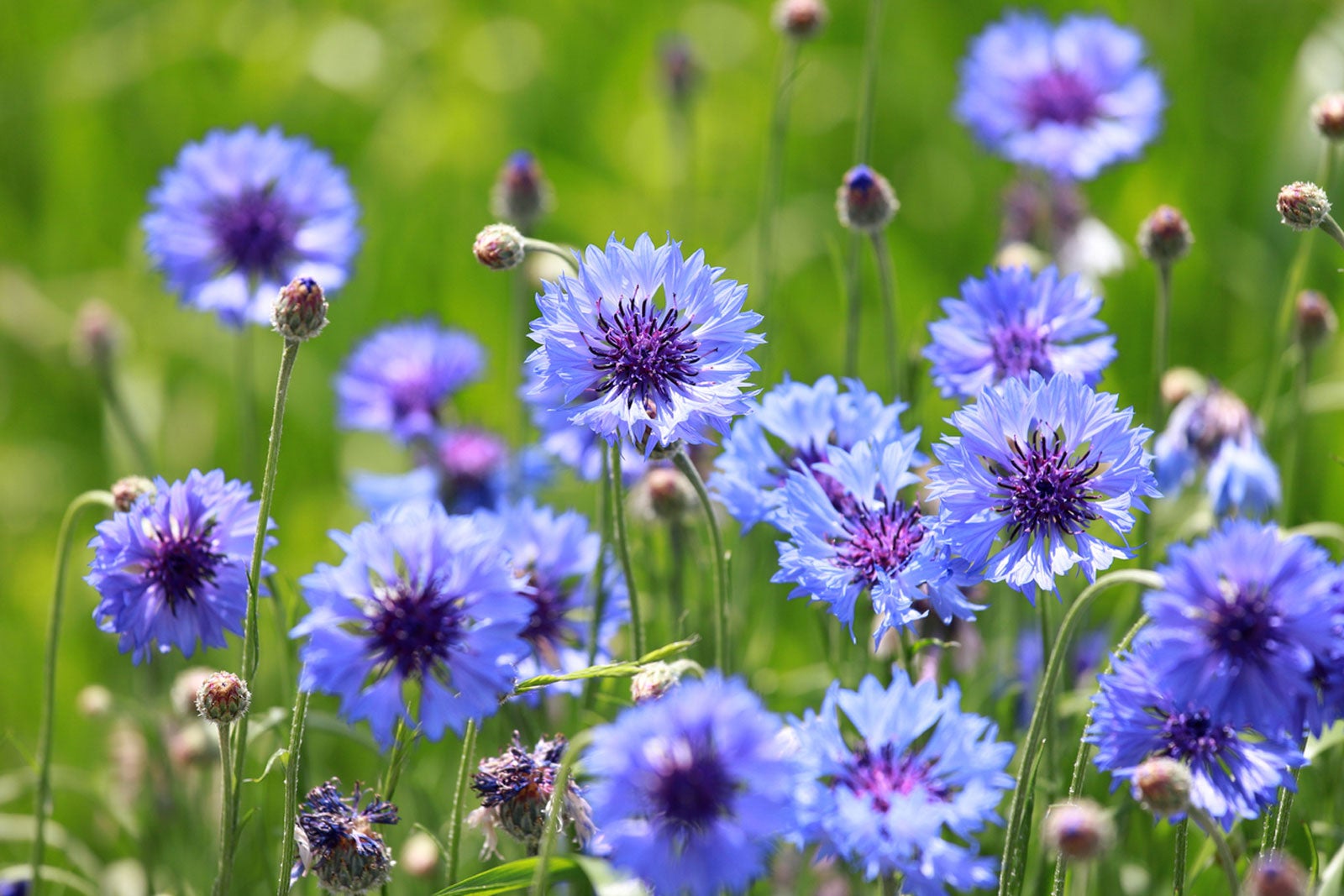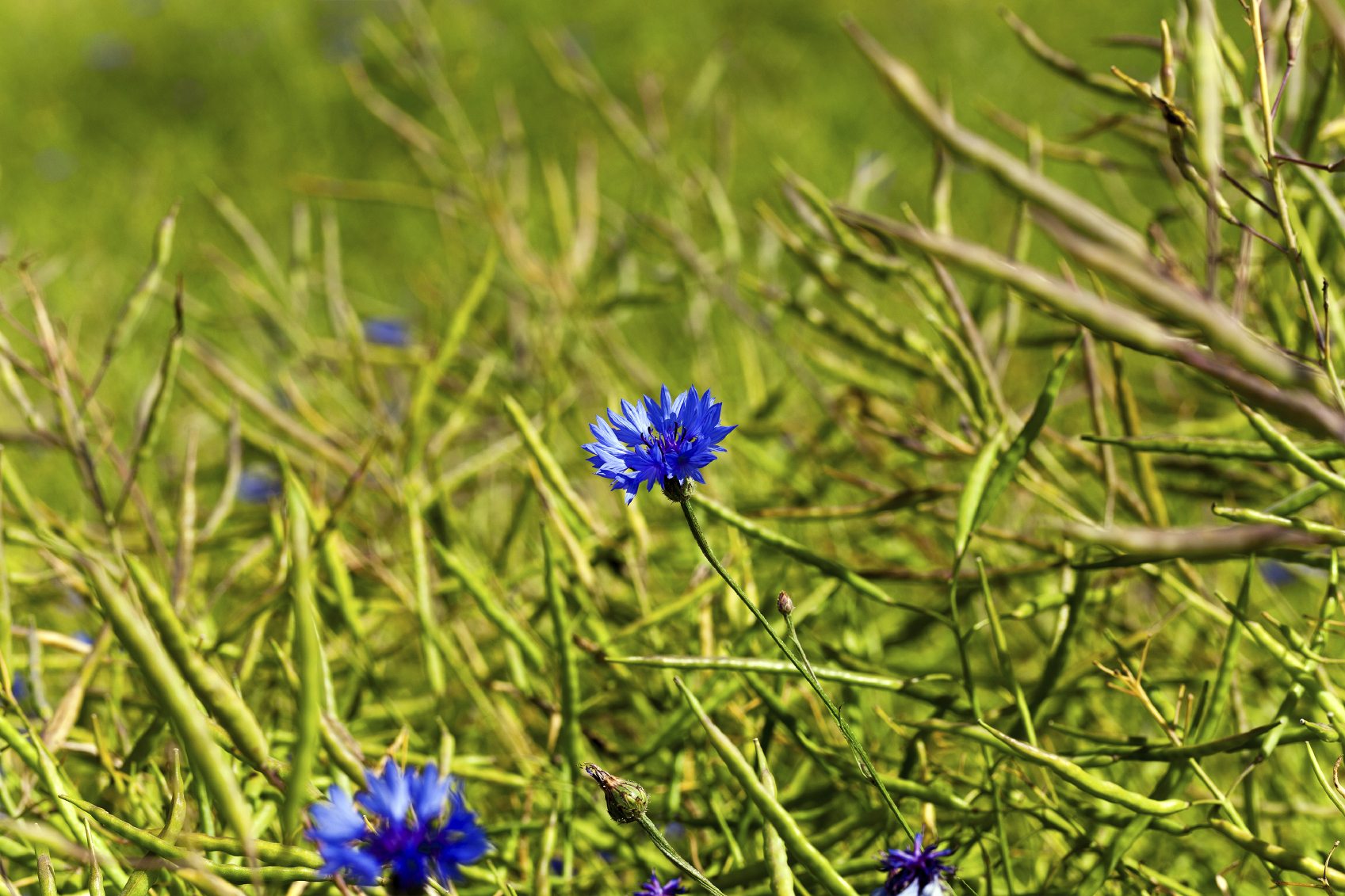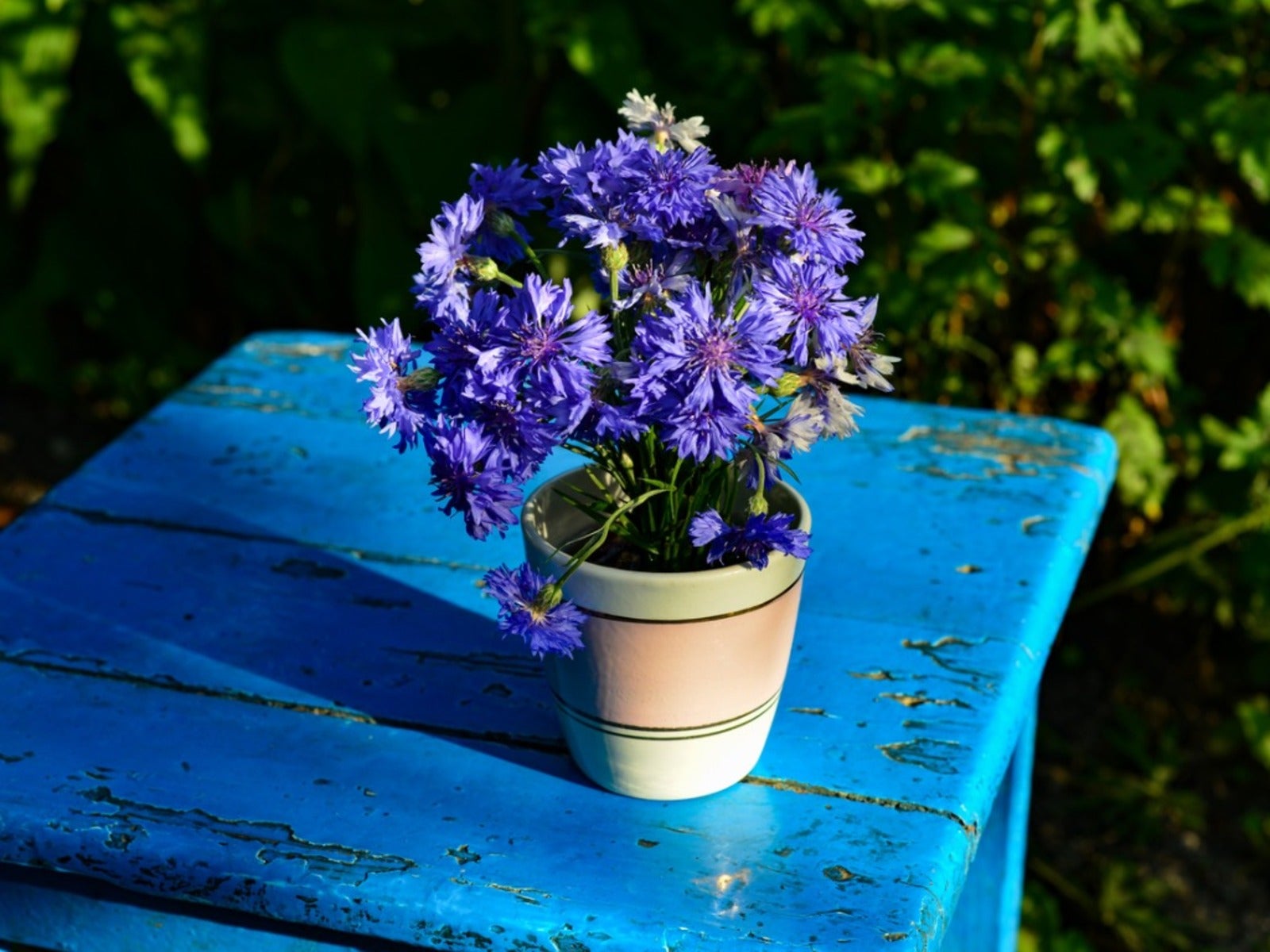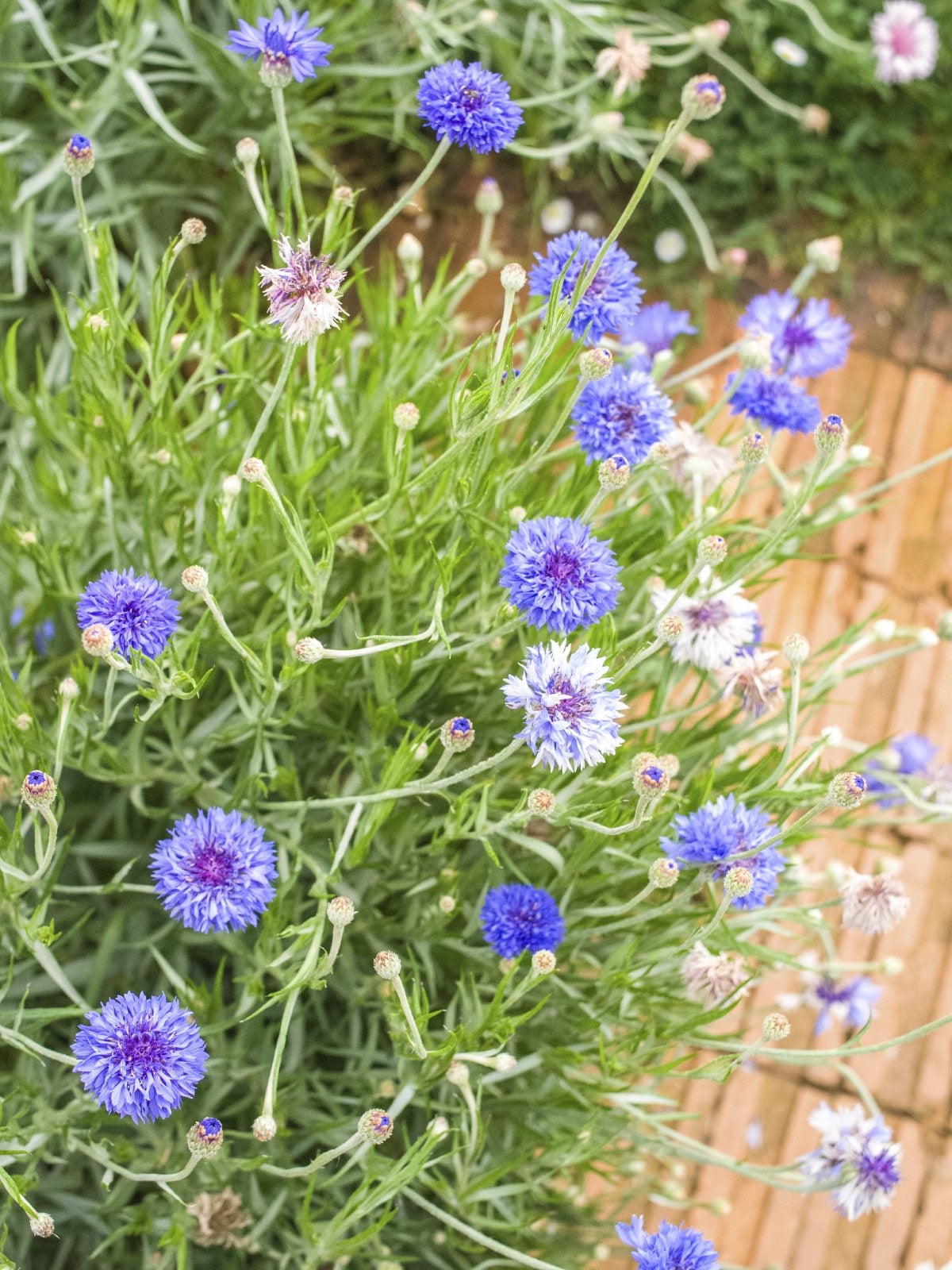Deadheading Bachelor’s Buttons: Learn When To Cut Back Bachelor’s Buttons


Bachelor’s buttons, also known as cornflower or bluebottle, are old-fashioned flowers that reseed themselves generously from year to year. Should I deadhead bachelor’s button plants? These hardy annuals grow wild across much of the country, and although they require little care, pruning and deadheading bachelor’s buttons prolongs the blooming season. Read on and learn how to prune a bachelor’s button.
When to Cut Back Bachelor’s Buttons
Feel free to cut back a bachelor’s button plant by about a third of its height about midsummer, or any time the plant looks scraggly and flowering begins to slow. Cutting back bachelor’s buttons tidies the plant and encourages it to put forth a new flush of flowers. Deadheading bachelor’s buttons, on the other hand, should be done continuously throughout the blooming season. Why? Because bachelor’s buttons, like all plants, exist primarily to reproduce; when flowers wilt, seeds follow. Deadheading tricks the plant into blooming until the weather cools in late summer or early autumn. Deadheading bachelor’s buttons is a simple task – just remove blooms as soon as they wilt. Use pruning shears, scissors or your fingernails to snip stems below the wilted flower, just above the next leaf or bud. If you want the plant to reseed itself for blooms the following year, leave a few flowers on the plant at the end of the season. If you’re too diligent about deadheading, the plant will have no way to form seeds.
Collecting Bachelor’s Buttons Seeds
If you want to collect the seeds, let the flower wilt on the plant and watch for a seed head to develop at the base of the bloom. Roll the seed heads between your fingers to remove the wing-shaped seeds. Put the seeds in a paper sack until they are completely dry and brittle, then store them in a paper envelope in a cool, dry location.
Gardening tips, videos, info and more delivered right to your inbox!
Sign up for the Gardening Know How newsletter today and receive a free copy of our e-book "How to Grow Delicious Tomatoes".

A Credentialed Garden Writer, Mary H. Dyer was with Gardening Know How in the very beginning, publishing articles as early as 2007.
-
 Looking For Plants To Give You The Soft And Fuzzies? Try These 5 Fuzzy Leaf Plant Options
Looking For Plants To Give You The Soft And Fuzzies? Try These 5 Fuzzy Leaf Plant OptionsLovers of texture, drama, silver foliage and tactile plants will adore these special sensory garden additions. These fuzzy leaf plant options will leave you all aglow
By Susan Albert
-
 Get Ready For A Summer Of Hummers! Grow These Full Sun Hummingbird Plants and Flowers
Get Ready For A Summer Of Hummers! Grow These Full Sun Hummingbird Plants and FlowersIf you’re lucky enough to enjoy a sunny backyard, make sure you are maxing out on your pollinator opportunities and grow these full sun hummingbird plants and flowers
By Tonya Barnett
-
 How To Grow Bachelor’s Button Seeds: Saving Bachelor’s Button Seeds For Planting
How To Grow Bachelor’s Button Seeds: Saving Bachelor’s Button Seeds For PlantingCollecting bachelor's button seeds is extremely easy, and growing bachelor's button seeds is a great way to spread them around your garden. Learn more about bachelor's button seed propagation and how to grow bachelor's button seeds here.
By Liz Baessler
-
 Yellow Leaves On Bachelor’s Button – Why Do Plant Leaves Turn Yellow
Yellow Leaves On Bachelor’s Button – Why Do Plant Leaves Turn YellowBachelor's buttons are generally carefree plants. That's why gardeners are surprised when something goes wrong with these summer garden staples. Find out what to do when your bachelor's button leaves are turning yellow in this article.
By Jackie Carroll
-
 Cornflower Plants In Containers: Can You Grow Bachelor’s Buttons In A Pot
Cornflower Plants In Containers: Can You Grow Bachelor’s Buttons In A PotCan you grow bachelor's button flowers in a pot? You sure can! Click here to learn about container grown cornflower care.
By Bonnie L. Grant
-
 Bachelor’s Button Problems: Why Are My Flowers Falling Over
Bachelor’s Button Problems: Why Are My Flowers Falling OverLike most tall annuals, bachelor's buttons tend to fall over when loaded with flowers. Learn how to deal with bachelor's buttons falling over in this article. Click here to find helpful information for keeping these plants standing upright.
By Jackie Carroll
-
 Grow Bachelor Buttons: How To Care For Cornflowers
Grow Bachelor Buttons: How To Care For CornflowersHow to grow bachelor buttons
By Becca Badgett